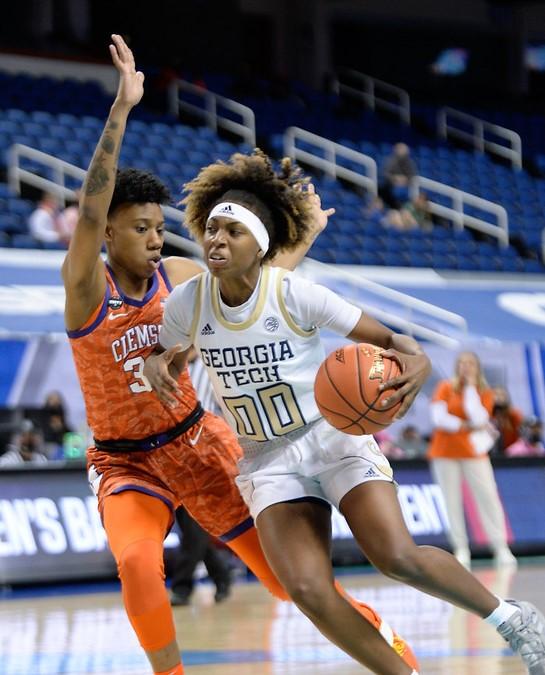A cross-sectional study of more than half a million National Collegiate Athletic Association (NCAA) Division 1 athletes and 3.5 million nonathletes suggests that participation in collegiate athletics was not tied to higher COVID-19 test positivity in the 2020-21 academic year.
The research was published yesterday in JAMA Network Open.
In spring 2020, collegiate athletes were temporarily halted owing to concerns about the risk of long-term COVID-19 cardiac adverse events in athletes and viral transmission during athletic activities. When activities resumed later in the pandemic, the NCAA implemented strict physical distancing, face covering, and testing policies.
Stanford University researchers searched public official COVID-19 dashboards and press releases on 65 Power 5 NCAA Division 1 universities during 2020 and 2021. Those that released at least 4 months of testing data, including the fall 2020 football season, for student athletes and nonathletes were included in the analysis.
The NCAA required that athletes in activities with a high risk of transmission (eg, football, basketball) be tested at least once a week using polymerase chain reaction (PCR). Four schools conducted regular surveillance testing for nonathletes throughout the year, while two tested only in the spring, and the other six used no nonathlete surveillance testing. All schools, however, offered testing for symptomatic nonathletes.
Nine schools had lower risk in athletes
Of 12 schools with a total of 555,372 student athletes and their 3,482,845 nonathlete counterparts, nine had lower COVID-19 test positivity among athletes than nonathletes. They were the University of Arkansas (0.01% vs 3.52%), University of Minnesota (0.63% vs 5.96%), Penn State (0.74% vs 6.58%), Clemson (0.40% vs 1.88%), University of Louisville (0.75% vs 3.05%), Purdue (0.79% vs 2.97%), University of Michigan (0.40% vs 1.12%), University of Illinois (0.17% vs 0.40%), and University of Virginia (0.64% vs 1.04%).
Median COVID-19 test positivity at the nine schools was 0.46% for student athletes and 1.04% for nonathletes. At one school, test positivity was higher in the athlete group than in nonathletes (Stanford, at 0.20% vs 0.05%). At the remaining two schools, there was no statistically significant difference in test positivity.
The relative risk (RR) for athletes at these schools compared with nonathletes ranged from 0.002 at the University of Arkansas to 0.61 at the University of Virginia.
In total, there were 2,425 positive tests (0.44%) among student athletes and 30,567 positive tests (0.88%) among nonathletes, for an RR of 0.50. There was no statistically significant difference in student athlete test positivity between the universities. Test positivity among nonathlete students, however, varied substantially among institutions, ranging from 133 of 271,862 tests (0.05%) at Stanford to 2,129 of 32,336 tests (6.58%) at Penn State.
Role of mitigation policies
The researchers said that the NCAA COVID-19 protocols may have mitigated viral transmission during the 2020-21 academic year. "This finding suggests that collegiate athletics may be held without an associated increased risk of infection among student athletes," they concluded.
In a related commentary, Catherine O'Neal, MD, of Louisiana State University at Baton Rouge and colleagues from Texas A&M University and Baylor College of Medicine said that public and private organizations that need a high-intensity COVID-19 control protocol (eg, schools, summer camps, healthcare facilities) could benefit from the study findings.
"This study adds to the growing body of evidence suggesting that public health control measures, whether traditional or cutting edge, may be associated with effective curbing of infection, illness, and transmission," they wrote. "The results support evidence-based guidelines, not only for the ongoing pandemic, but also for the development of future efforts to protect public health and safety."




















